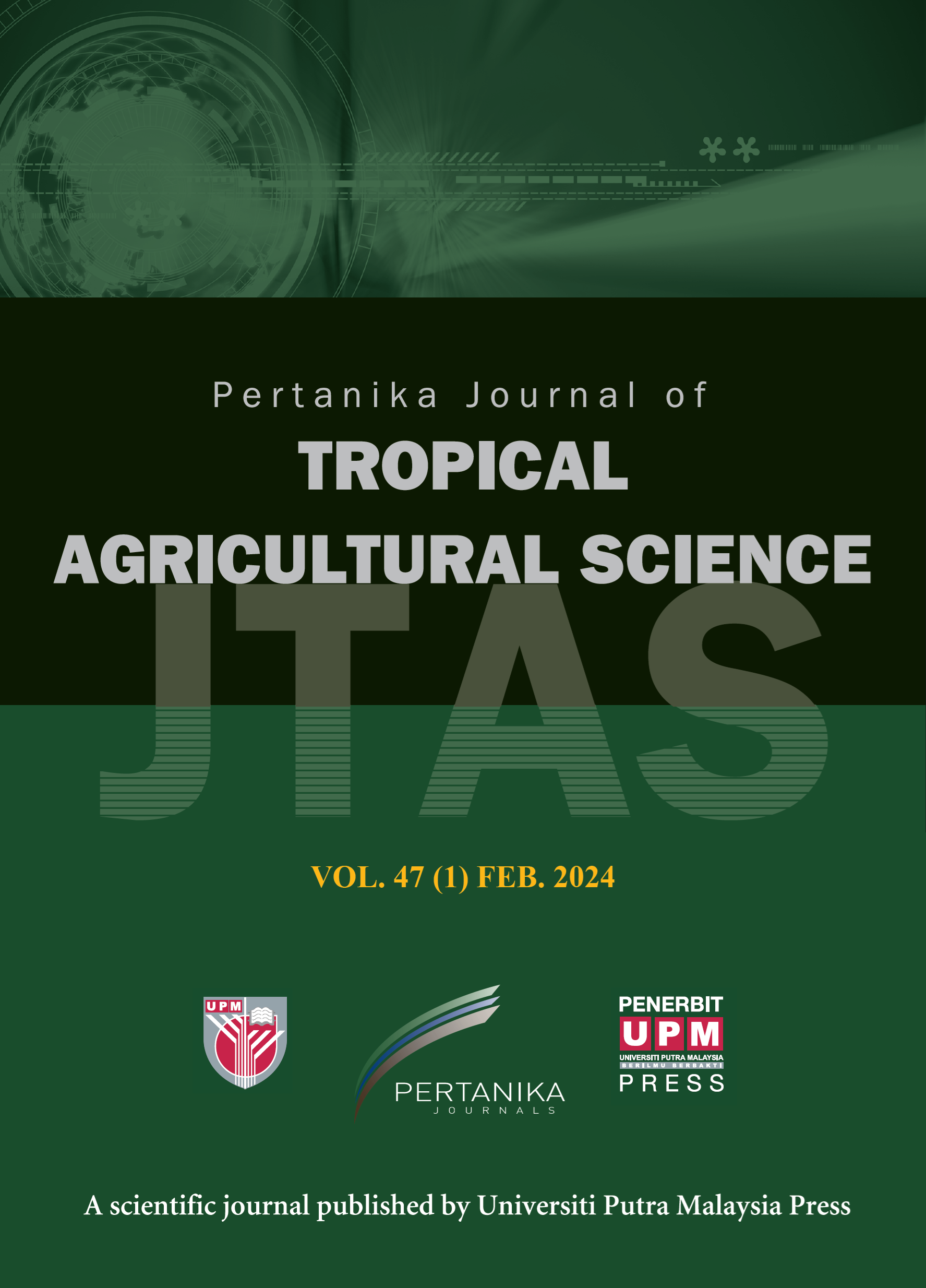PERTANIKA JOURNAL OF TROPICAL AGRICULTURAL SCIENCE
e-ISSN 2231-8542
ISSN 1511-3701
Major Components of Fish Immunity: A Review
Firdaus-Nawi, M. and Zamri-Saad, M.
Pertanika Journal of Tropical Agricultural Science, Volume 39, Issue 4, November 2016
Keywords: Immunity, component, mechanism, fish
Published on: 21 Oct 2016
Fish are fascinating creatures with a certain degree of immunity comparable to those of mammals. The fish's immune system consists of two major components, innate and adaptive immunities. Innate immunity is non-specific and acts as the primary line of protection against pathogen invasion while adaptive immunity is more specific to a certain pathogen/following adaptation. Innate immunity consists of the non-specific cellular and the non-specific humoral components. The non-specific cellular component consists of toll-like receptors (TLRs), macrophages, neutrophils, eosinophils and non-specific cytotoxic cell while the non-specific humoral component involves lysozyme, the complement, interferons, C-reactive proteins, transferrins and lectins. They work together at the initial stage to prevent pathogen invasion. On the other hand, the adaptive immune system consists of highly specilised systemic cells and processes that are separated into two main components: the humoral and cellular components. Three types of antibodies, the IgM, IgD and IgT, are the major constituents of the humoral immunity, which act on invaded extracellular pathogens. The cytotoxic T-lymphocyte cells are the major component of the cellular immunity that frequently kills virus-infected and intracellular bacterial or parasitic-infected cells. Both innate and adaptive immunities complement each other in the host's attempt to prevent infection.
ISSN 1511-3701
e-ISSN 2231-8542




